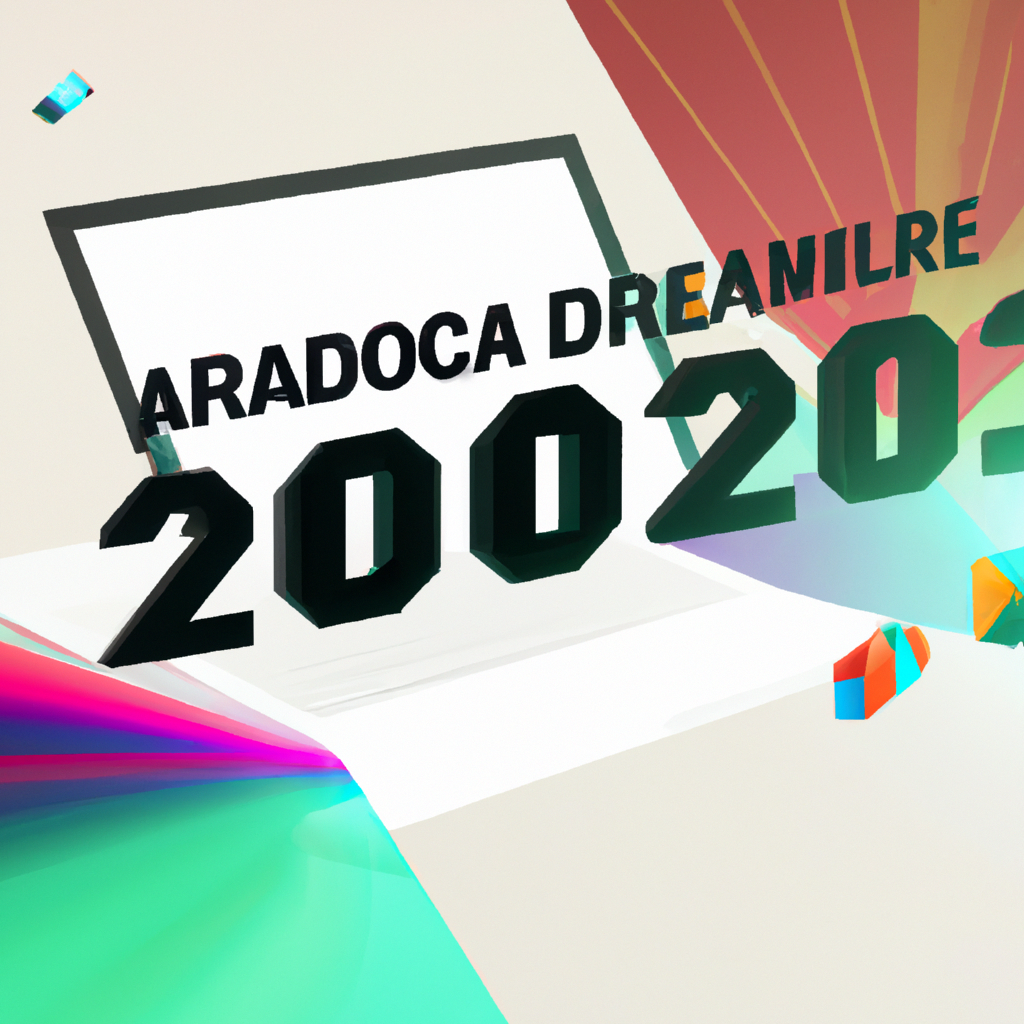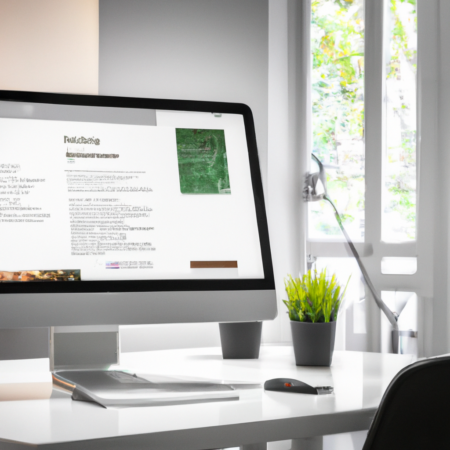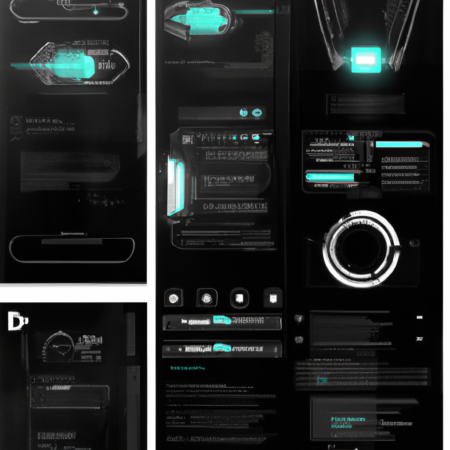Embracing the Future: Innovative UX & Design Trends in 2025
As we navigate through the second quarter of 2025, the UX and design landscape continues to evolve at an unprecedented pace. With advancements in technology and shifts in user expectations, staying ahead of the curve is crucial for designers and businesses alike. In this post, we’ll dive into the most groundbreaking UX & Design trends of 2025, exploring how they’re shaping the digital world.
Inclusive and Accessible Design
Inclusivity remains at the forefront of design principles. This year, we’ve seen a surge in tools and techniques that enhance accessibility for all users, including those with disabilities. From improved voice recognition systems to adaptive user interfaces, the focus is on creating experiences that are accessible to everyone, regardless of their physical or cognitive abilities.
Immersive Experiences with AR and VR
Augmented Reality (AR) and Virtual Reality (VR) are taking user experiences to new heights. Designers are leveraging these technologies to create immersive environments that offer interactive and engaging experiences. Whether it’s virtual shopping or remote learning, AR and VR are redefining the boundaries of user interaction.
AI-Driven Personalization
Artificial Intelligence (AI) continues to be a game changer in UX design. By analyzing user data, AI enables the creation of highly personalized user experiences. From predictive search results to customized content feeds, AI is helping brands deliver experiences that truly resonate with their audiences.
Minimalism and Micro-Interactions
The trend towards minimalism persists, with a focus on clean, uncluttered designs that prioritize usability. However, it’s the subtle details, such as micro-interactions, that are capturing users’ attention. These small animations and visual cues enhance user engagement without overwhelming the overall design.
Conclusion
As we move further into 2025, these trends are set to dominate the UX & Design landscape. By embracing these innovations, designers can create more meaningful and effective user experiences. Stay tuned as we continue to explore the future of design.






